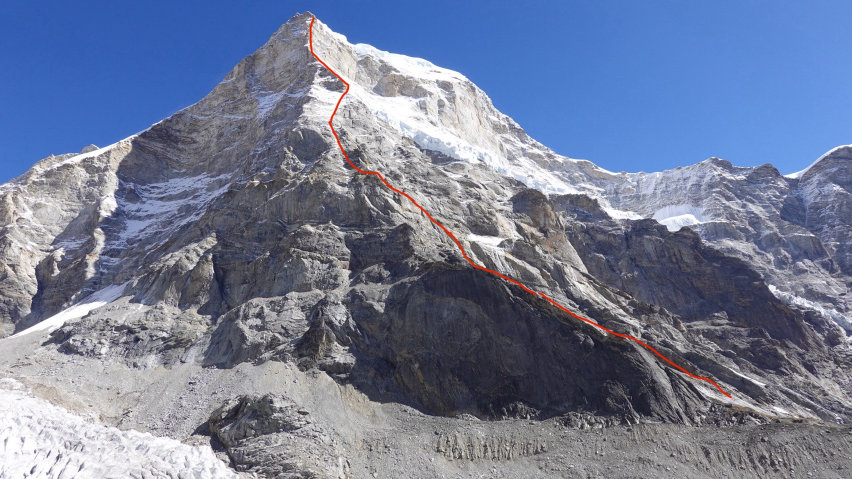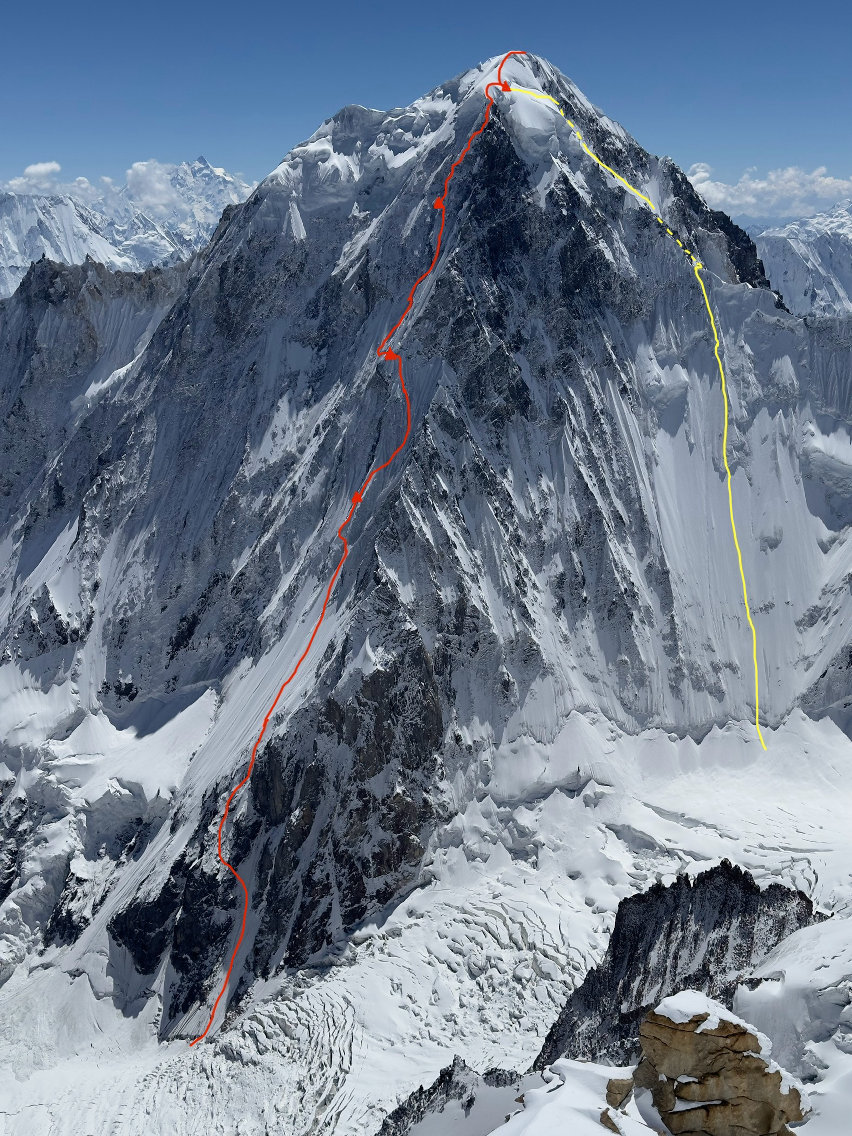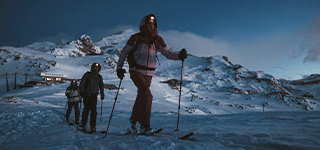The international ceremony honors three ascents that embody the purest spirit of vertical adventure. In the backdrop, San Martino di Castrozza celebrates its history and the future of mountaineering.
4Outdoor è anche su Whatsapp. È sufficiente cliccare qui per iscriversi al canale ed essere sempre aggiornati.
For the second time, San Martino di Castrozza is the heart of the Piolets d’Or, the world’s most prestigious mountaineering award. In 2024, the international jury identified three achievements that symbolize the discipline’s most authentic values: exploration, lightness, technical difficulty, and environmental awareness. It was far from a simple choice: “These principles belong to many nations and many different vertical adventures,” the jury emphasized, highlighting the richness of the nominations.
The event—supported by Trentino Marketing, the Municipality of Primiero San Martino di Castrozza, the Community of Primiero, FPB Cassa di Fassa Primiero e Belluno, ACSM Group, Aquile di San Martino, and numerous local partners—is sponsored by the UNESCO Dolomites Foundation and is in collaboration with the Trento Film Festival.
Kaqur Kangri, Western Himalayas
First overall ascent of the southwest ridge + descent traverse (Nepal, 6,859 m)
Team: Spencer Gray, Ryan Griffiths (USA) — October 2024
Kaqur Kangri (or Kanti Himal), a remote mountain on the border between Nepal, Tibet, and China, had been climbed only once, in 2002, from the north face. The south face, explored way back in 1998, had been deemed “inaccessible.”
Twenty-two years later, Americans Spencer Gray and Ryan Griffiths identified a possible route on the southwest ridge: solid gneiss, ice, and sustained mixed climbing, far from the unstable seracs. After a first attempt was interrupted by a stove failure and the abandonment of their partner Matt Zia, the two continued in minimalist style, reaching the crux: the summit face, eight technical pitches completed under heavy snowfall.
On October 31st, they reached the summit, then traversed the entire mountain with a descent along the previously unexplored northwest ridge. A physical and mental test that relaunched the exploration of the vast, yet unexplored spaces of the western Himalaya.

Gasherbrum III, Karakorum
Third overall ascent — new route on the West Ridge (Pakistan, 7,952 m)
Team: Aleš Česen (Slovenia), Tom Livingstone (UK) — July/August 2024
Gasherbrum III is an iconic mountain: the highest unclimbed peak in the world until 1975, when four climbers — including Wanda Rutkiewicz — made a historic first female ascent.
Repeats were extremely rare. Yet, in 2024, Česen and Livingstone returned to a line attempted in 1985: the thin west ridge. The fierce wind—the true master of the mountain—made every bivouac a gamble, forcing the two to spend the night “hanging” at 7,800 meters.
The upper section, with sections up to M6, required clarity and technical continuity. The descent on the other side, along the normal route of Gasherbrum II, completed a great Himalayan traverse in true Alpine style: light, fast, and clean.
Yashkuk Sar I, Karakorum
First ascent of the North Pillar — “Tiger Lily Buttress” (Pakistan, 6,667 m)
Team: August Franzen, Dane Steadman, Cody Winckler (USA) — September 2024
For three young Americans, this was their first time in the Karakoram. But they were not lacking in ambition: the north pillar of Yashkuk Sar I, a 2,000-meter vertical face threatened by seracs.
The climb was a crescendo of calculated risks: extremely exposed bivouacs between 5,600 and 5,900 meters, sudden detours due to sudden ice collapses, up to the famous “most exposed bivouac of our lives” at 6,200 meters. On September 22, they reached the summit ridge, then completed a complex descent on a mixed route between the west and north faces.
An adventure that demonstrates how the exploratory spirit is still alive and capable of looking beyond the best-known routes of the great mountain ranges.

San Martino di Castrozza: the historic cradle of Dolomite exploration
“He who doesn’t know San Martino di Castrozza doesn’t know the Dolomites,” wrote mountaineer Gunther Langes. Here, in the wild heart of the Pale di San Martino—the mountains of the “Matterhorn of the Dolomites,” Cimon della Pala—the legend of the Aquile di San Martino was born, guides who between the 19th and 20th centuries led generations of pioneers to the summit.
This location, today chosen as the capital of the Italian Piolets d’Or, continues to represent a meeting point between the tradition and the future of mountaineering, a privileged base for climbing, trekking, ski mountaineering and great explorations.
An ode to adventure
From the pristine ridges of the Himalayas to the iconic walls of the Karakoram, the 2024 Piolets d’Or celebrate mountaineering that doesn’t just climb:
it seeks out what has yet to be explored.






